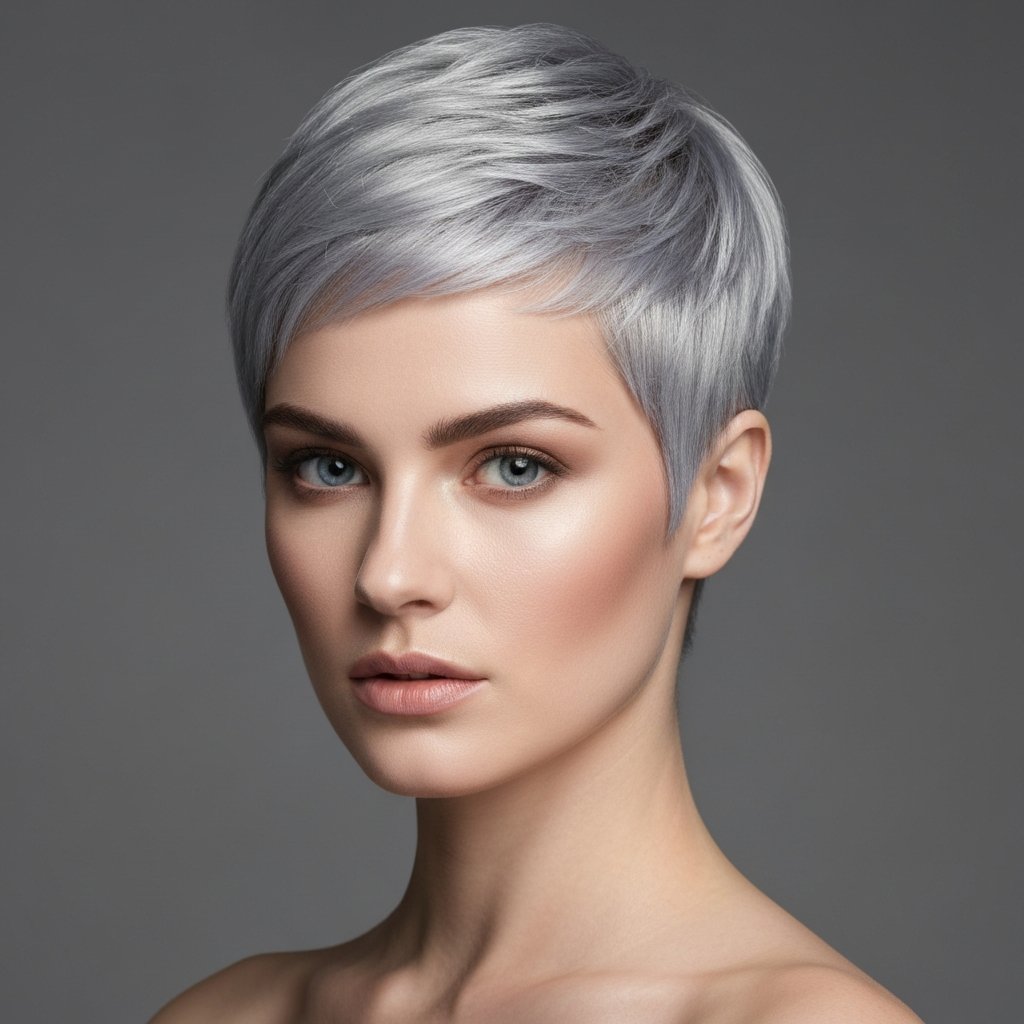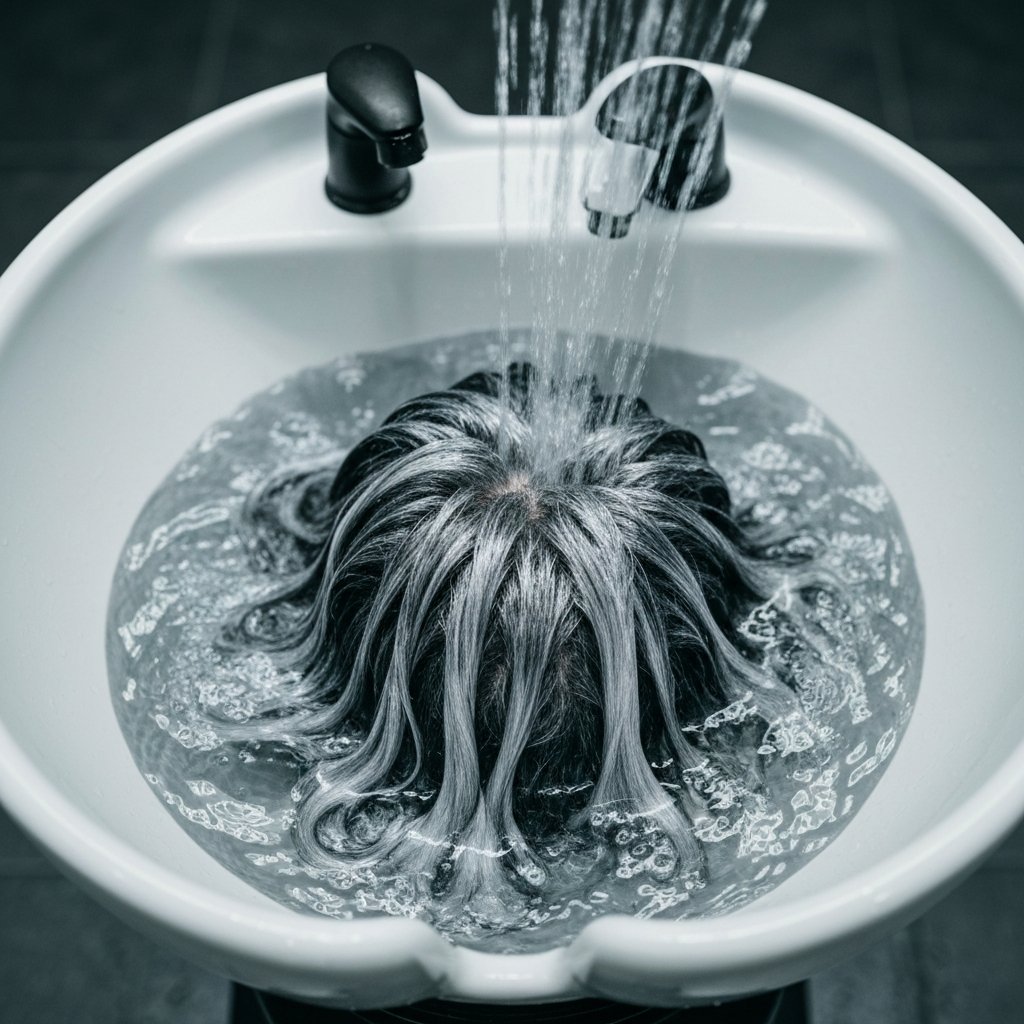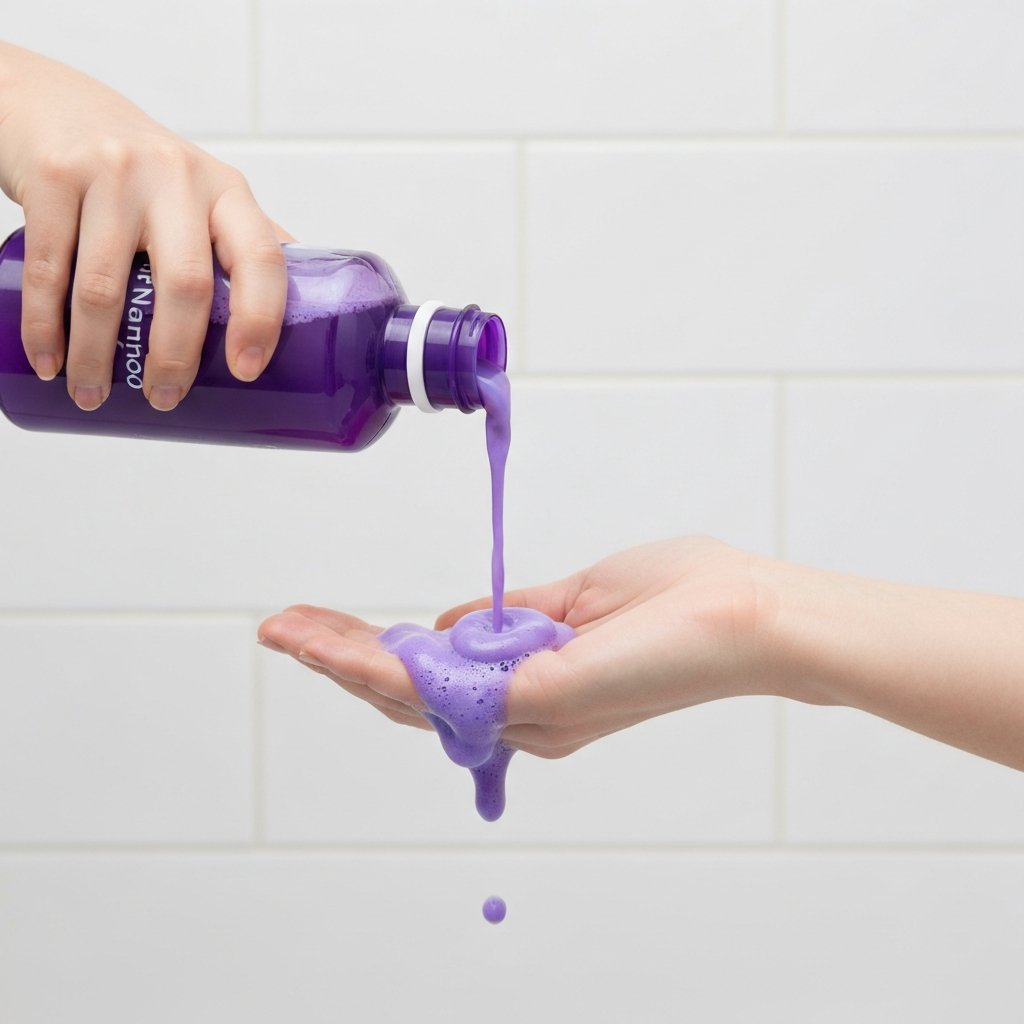
How to Grow Out Bangs Gracefully: Styling Tips for Every Stage | The Ultimate Hair Guide
11 min read

11 min read

10 min read

9 min read

11 min read

14 min read

14 min read
The conversation surrounding hair color has shifted dramatically in recent years. What was once a frantic race to cover up the first sign of silver has evolved into a celebrated movement of authenticity and empowerment. Learning how to transition to gray hair gracefully is no longer just about "giving up" on dye; it is a stylistic choice that radiates confidence and sophistication. Whether prompted by the desire to escape the endless cycle of root touch-ups, a wish to reclaim hair health, or simply the allure of the stunning silver aesthetic, the journey to natural gray is a transformative experience.

However, the decision to ditch the dye is often accompanied by anxiety regarding the "in-between" phase. The fear of the dreaded demarcation line—the harsh contrast between natural gray roots and previously colored lengths—stops many people before they even begin. Fortunately, modern hair artistry offers a multitude of pathways to navigate this change. From slow and steady blends to dramatic chops, the road to silver can be as unique as the individual walking it. This comprehensive guide explores the timeline, the techniques, and the expert tips necessary to navigate this journey with elegance.
Before booking a salon appointment or tossing out the box dye, it is crucial to prepare mentally for the transition. Going gray is not merely a physical change; it is an identity shift. For decades, society has correlated gray hair with age, but the current narrative rewrites silver as a symbol of wisdom, modernity, and high fashion. Preparing for this change involves looking in the mirror and re-evaluating one's self-perception.

Consulting with a professional stylist is the first tangible step. A skilled colorist can assess the percentage of gray present—whether it is a salt-and-pepper mix, stark white, or a soft steel gray—and recommend the best route based on hair texture, lifestyle, and budget. This phase also requires patience. Unlike a standard color appointment where the results are immediate, transitioning to gray is a process that can take anywhere from six months to two years depending on hair length and the chosen method.
Understanding the timeline of hair growth helps manage expectations. On average, human hair grows about half an inch per month. Here is a breakdown of what the natural grow-out process looks like without intervention:

For those who want to avoid a harsh root line but aren't ready to cut their hair short, blending is the most popular salon technique. This method involves using highlights, lowlights, and babylights to break up the line of demarcation.

Highlighting and Toning: A colorist will weave in fine highlights that match the natural gray pattern. By lifting the dark dyed hair to a pale blonde and toning it to a cool silver or ash, the contrast between the roots and the lengths is softened. This technique, often called "herringbone highlighting," mixes the natural gray with the artificial color seamlessly.
Lowlighting: If the natural hair is more "pepper" than "salt," the stylist may introduce lowlights—darker strands that match the natural dark hairs—into the previously colored sections. This adds depth and reduces the shock of the transition.
Balayage: A heavy ash-blonde balayage can also ease the transition. By painting the mid-lengths and ends to match the lightness of the roots, the grow-out looks intentional and stylish rather than accidental.
For the bold and impatient, the "Big Chop" is the most efficient way to transition. This involves growing the roots out for two to four months—just enough to establish a short style—and then cutting off all the remaining colored hair.

The Pixie Cut: A textured pixie cut is a classic choice for this method. It instantly removes the history of chemical processing and delivers a chic, modern look. It signals confidence and often makes the wearer look younger by lifting the features.
The Bob: If a pixie feels too extreme, waiting until the roots reach the chin allows for a sharp, blunt bob. This removes the majority of the old color while retaining some length and movement.
Some clients prefer to walk into the salon as a brunette and walk out as a silver fox in a single day. This involves a heavy-duty color correction process. The stylist must bleach the entire head of hair to lift out all artificial pigment and reach a pale yellow underline. Once lifted, the hair is toned to a metallic silver or gray shade that mimics the natural root.

Warning on Maintenance: While this provides instant gratification, it is chemically taxing on the hair. The artificial silver toner fades quickly and requires frequent salon visits to maintain. Furthermore, because the hair has been bleached, it will have a different porosity than the natural gray growing in, requiring intense conditioning treatments.
One of the biggest surprises for people transitioning to gray is the change in texture. Gray hair is not actually a different type of hair structurally, but the follicle has stopped producing melanin. Often, the oil glands (sebaceous glands) attached to the follicle also produce less sebum. As a result, gray hair can feel coarser, drier, and more wiry than pigmented hair.

To combat this, the hair care routine must shift from color protection to moisture retention. Incorporating hydrating masks, leave-in conditioners, and hair oils becomes essential. Products containing argan oil, keratin, and hyaluronic acid can help soften the cuticle and restore shine to silver strands, making them manageable and silky.
Once the transition is underway or complete, maintaining the vibrancy of gray hair is the next challenge. Gray hair is porous and acts like a sponge, absorbing environmental pollutants, smoke, and minerals from water, which can cause it to turn a brassy yellow.


Q: Will going gray make me look older? A: Not necessarily. A healthy, shiny mane of silver hair often looks more youthful than dyed hair that is too dark or harsh for a maturing complexion. The key is a modern cut and healthy texture.

Q: Can I transition to gray with lowlights instead of bleach? A: Yes. Lowlights are a great option for those with hair that is naturally darker (pepper). It avoids the damage of bleaching and helps break up the line of demarcation gently.
Q: How do I handle the "awkward phase" of the grow-out? A: Accessories are your best friend. Headbands, scarves, and hats can hide roots. Changing your part or adding volume/curls can also diffuse the line between the two colors.
Q: Why is my gray hair turning yellow? A: Yellowing is caused by environmental factors like pollution, sun exposure, smoking, or product buildup. Heat styling tools set at too high a temperature can also "scorch" white hair, turning it yellow.
Q: How often should I use purple shampoo? A: Start with once a week. If you find your hair is still brassy, you can increase it to twice a week, but be careful of drying out the hair or depositing too much purple pigment.
Transitioning to gray hair gracefully is a journey of patience, self-acceptance, and style. It is about more than just hair color; it is about embracing a new chapter of life with confidence. whether choosing a slow blend, a dramatic chop, or a full color correction, the result is a unique signature look that celebrates natural beauty. With the right professional guidance, high-quality products, and a bit of perseverance, the transition can be a seamless and rewarding experience. The silver lining is not just in the hair—it is in the freedom that comes with it.

11 min read

10 min read

9 min read